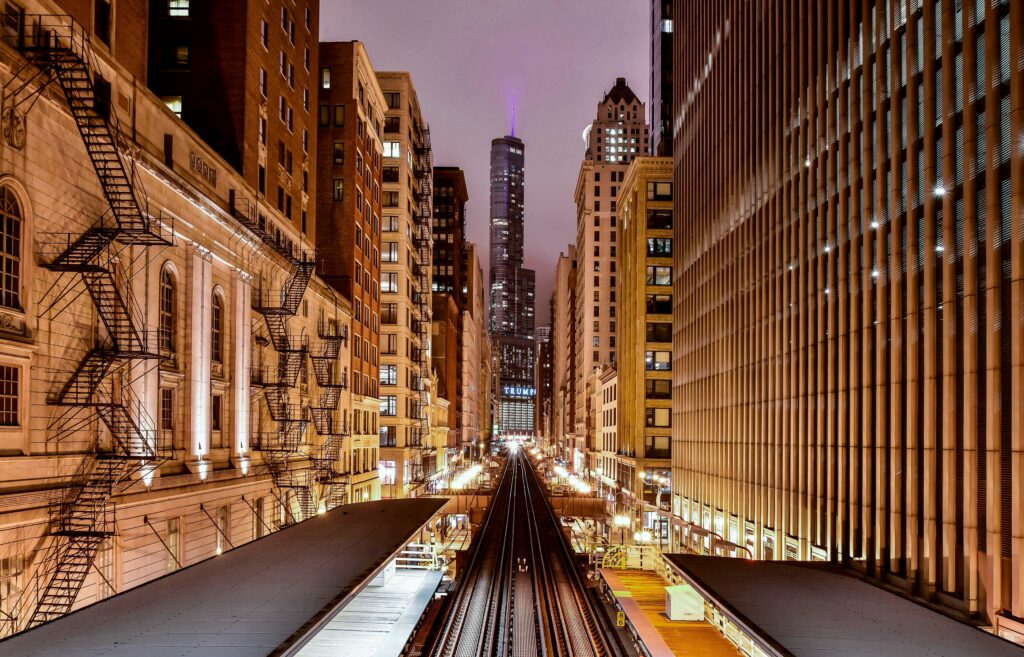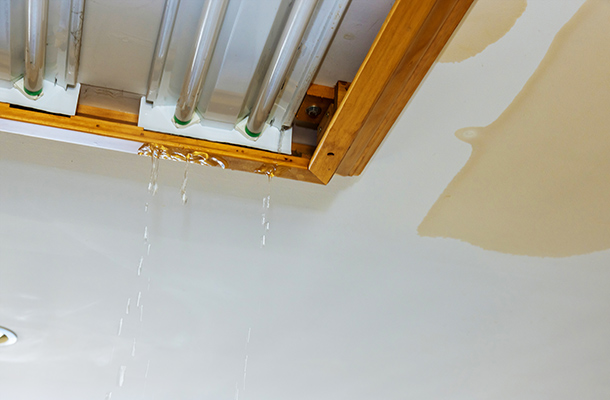
Quick Actions to Protect Your Chicago Home
A burst pipe is one of the most stressful home emergencies, especially during Chicago’s harsh winters where temperatures regularly drop below freezing . Left unchecked, it can cause significant water damage, mold growth, and costly repairs. However, staying calm and acting quickly can minimize the impact. Here’s a guide to help you navigate the situation effectively.
Turn Off the Water Supply
The first and most critical step is to stop the water flow.
- Locate the main water shut-off valve for your home. In Chicago homes, it’s typically located:
- In single-family homes: Near the water meter or where the main line enters your house, usually in the basement
- In vintage apartments: Often in the basement or utility room
- In newer condos: Sometimes inside unit near the water heater
- Turn the valve clockwise to shut off the water supply.
- For Chicago residents: If you can’t find it, contact the City of Chicago Department of Water Management at 312-744-4420 for emergency assistance.
Switch Off Electricity in Affected Areas
In Chicago’s older homes with vintage wiring, this step is particularly crucial. Switching off electricity in areas affected by a burst pipe is crucial to prevent electrical shocks or fires caused by water coming into contact with electrical wiring or outlets. It also helps protect appliances and the home’s electrical system from further damage due to water exposure.
Water and electricity don’t mix.
- If the burst pipe is near electrical outlets, appliances, or wiring, locate your home’s electrical panel and turn off the power to the affected area.
- Avoid touching any wet electrical fixtures.
- For homes built before 1960: Be extra cautious with knob-and-tube wiring, which is common in Chicago’s vintage buildings.
Drain the System
Once the water is shut off, drain your pipes to prevent further leaks.
- Open cold taps throughout your home, starting from the top floor and working your way down.
- Then, turn off your water heater and open hot water taps to release any remaining water.
- This step reduces pressure in the system and helps empty the pipes. 4. In multi-story Chicago buildings: Start with the highest floor to ensure complete drainage.

Contain the Water Damage
Chicago’s unique housing stock, including many vintage buildings with plaster walls and wooden structures, requires special attention during water damage containment. Containing water damage after a pipe burst is essential to prevent further structural issues, minimize repair costs, and avoid potential mold growth.
Act quickly to minimize water damage:
- Use buckets, towels, or mops to soak up standing water.
- Place a tarp or buckets under the burst pipe to catch dripping water.
- Move furniture, rugs, and valuables away from the affected area.
- For historic homes: Pay special attention to original woodwork and plaster walls, which are common in Chicago’s vintage buildings.
- Document everything for insurance – Chicago’s older homes often have replacement cost riders for vintage features.
Temporarily Patch the Pipe (if you can)
If you’re waiting for a plumber, a temporary fix can help stop leaks:
- Use plumber’s tape, a rubber patch, or even duct tape to seal small cracks or holes.
- For larger leaks, wrap the pipe with a cloth or towel and secure it tightly with tape or a clamp.
- In unheated areas: Add temporary insulation to prevent re-freezing during Chicago’s sub-zero temperatures.
Once the water is shut off, it’s time for professional water damage cleanup.
Our crews can be at your home within 60 minutes – call (800) 597-6911.
While temporary measures help, expert intervention is crucial for proper restoration. Chicago’s aging infrastructure and extreme temperature fluctuations require experienced professionals, and we’re the best in Chicago.
- Contact CWF Restoration at (800) 597-6911 for immediate emergency response
- If you need extensive plumbing repairs, we’ll contact a licensed plumber familiar with Chicago building codes to work with us on the repair
- For buildings over 80 years old: Consider professionals experienced with galvanized and lead service lines common in Chicago’s vintage buildings
- After your inspection with us, we will walk you through the next steps, mitigation, restoration, and even how to notify your insurance provider to start the claims process.
Professional Water Extraction and Drying
At CWF Restoration, our comprehensive water damage restoration process is specifically designed for Chicago’s unique housing stock:
- Professional-grade water extraction equipment suited for vintage homes
- Industrial dehumidification systems
- Advanced moisture monitoring:
- Specific to Chicago’s seasonal humidity changes
- Special attention to historic materials like plaster and hardwood
- Careful monitoring of shared walls in multi-unit buildings
- Mold prevention measures tailored to local building materials
Documentation and Insurance
Chicago’s older homes often have special insurance considerations:
- Document all damage with photos and videos
- Pay special attention to historic features that may have special coverage
- Keep receipts for emergency repairs
- Note any pre-existing conditions that may affect claims
- Consider local historic preservation or landmark requirements, if applicable
Long-term Solutions for Preventing Burst Pipes
Chicago’s extreme temperature swings make prevention crucial. After repairs, take these steps:
- Identify vulnerable areas common in Chicago homes:
- Exterior walls
- Unheated attics
- Basement rim joists
- Allow faucets to drip during sub-zero temperatures
- Regularly inspect pipes for wear, particularly in older buildings
- Consider pipe-heating cables for vulnerable areas
- Maintain indoor temperature at least 55°F, even when away
Don’t let a burst pipe cause extensive damage to your historic Chicago home. Contact CWF Restoration at (800) 597-6911 for immediate assistance with your water emergency. Our team understands the unique challenges of Chicago’s vintage buildings and extreme climate, providing:
- Free inspection and estimate
- Direct insurance billing
- IICRC certified technicians
- Complete restoration services, including reconstruction
- Local expertise in Chicago construction methods
Final Thoughts on What to Do When a Pipe Bursts
Dealing with a burst pipe can be overwhelming, but prompt action will reduce damage and save you money. With a clear plan in place, you can handle the situation efficiently and restore your home to normal. Understanding the unique challenges of Chicago’s climate and housing stock will help you better protect your property.
If the damage from the burst pipe requires professional restoration, CWF Restoration is here to help. From water extraction to drying and repair, their team can restore your home quickly and efficiently. With decades of experience serving the Chicago area, we understand the unique challenges of local properties and weather conditions. Visit our website or contact us today for reliable, expert service.
Additional Chicago Resources:
- City of Chicago Department of Water Management: 312-744-4420
- Chicago Building Department: 312-744-3449
- Chicago Emergency Management: 312-746-9111
- Illinois Department of Insurance: 866-445-5364
